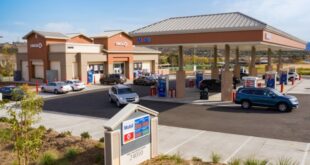California has a serious housing shortage.
That was the opinion of virtually everyone who spoke Friday at the fourth annual Housing Policy Conference in Ontario, which was sponsored by the Baldy View Chapter of the Building Industry Association of Southern California.
Statewide, home ownership is at its lowest level since the 1940s, said Carlos Rodriguez, chief executive officer off the Baldy View chapter during his opening remarks.
During the past 10 years, California has produced fewer than 80,000 homes a year, about 100,000 below what it needs to produce annually, according to data provided by the association.
Locally, if current trends continue, San Bernardino County in 2019 will be about 65,000 units short of what it will need to meet demand, Rodriguez told the crowd of about 250 at the DoubletTree Hotel.
“We need more housing,” Rodriguez said. “We need more low-income housing, especially for our seniors. We need more apartments for our college students, and of course we need to build more single-family homes.
“We have a moral obligation to address this housing shortage, which is driving up rents and doing serious damage to our economy.”
Much of the homebuilding in the Inland Empire during the next five to 10 years is likely to happen in the High Desert, said Randall Lewis, executive vice president of the Lewis Group of Cos. in Upland.
“The High Desert has a lot going for it, and it has a lifestyle that appeals to a lot of people,” Lewis said during a panel discussion on local housing policy. “We’re getting to a point where nothing down here will sell for less than $400,000. When that happens, the High Desert is going to look even more attractive.”
The current Inland Empire housing market is “good but not fantastic,” and it’s not going to stay up of forever, Lewis said.
“During the next 18 to 36 months there’s going to be some bad news,” Lewis said. “I think we’re in a position of ‘let’s make hay while the sun shines.’ I think we’re going to have a good 2018 and 2019, but after that there will be some problems. When interest rates get to 4.5 percent it’s going to be a different story.”
 IE Business Daily Business news for the Inland Empire.
IE Business Daily Business news for the Inland Empire.


